Question
Which of the following colour does B
like? Read the following information carefully and answer the given questions: Ten persons A, B, C, D, E, F, G, H, I and J are sitting in two parallel rows containing six seats in each row. Ten persons are sitting on ten seats and there are two vacant seats. Each seat in a row faces another seat of the other row. In Row-1, all are facing north direction and in Row-2, all are facing south direction. In each row at least one vacant seat. Each of them likes different types of colours viz. Red, Yellow, Green, Blue, Pink, Orange, Brown, Cream, White and Black, but not necessarily in the same order. The ones who like Cream and Green sit opposite to each other. The ones who like Black and Red sit diagonally opposite to each other. The ones who like White and Blue sit opposite to each other. H sits second to the right of D, who sits opposite to the one who like Yellow. The one who likes Cream sits second to the left of the one who likes Black. E sits third to the left of the one who likes White. The one who likes Orange sits immediate left of D. J sits second to the right of F and does not like Yellow. G sits second to the left of vacant seat of Row-2. I sits opposite to the one who is an immediate neighbour of C. There are two persons sit between the ones who like Yellow and Pink, who sits at one of the extreme ends. The one who likes Black sits at one of the extreme ends. Only one person sits between A and I, who is not an immediate neighbour of D.Solution
There are two persons sit between the ones who like Yellow and Pink, who sits at one of the extreme ends. From these conditions we have four possible cases. H sits second to the right of D, who sits opposite to the one who like Yellow. The one who likes Orange sits immediate left of D. 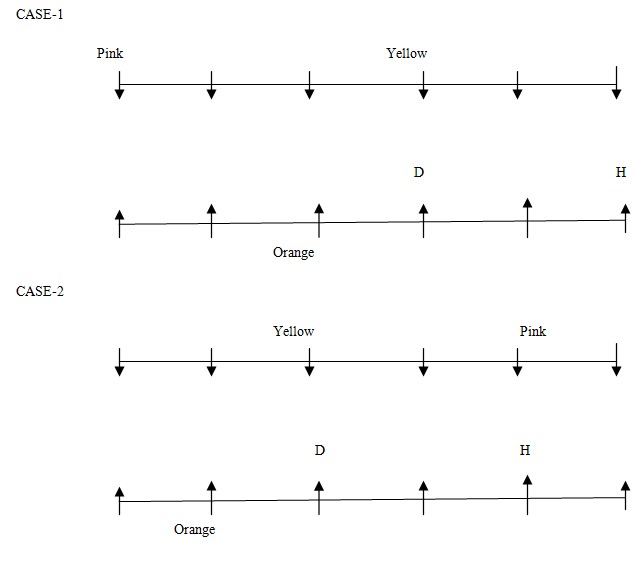
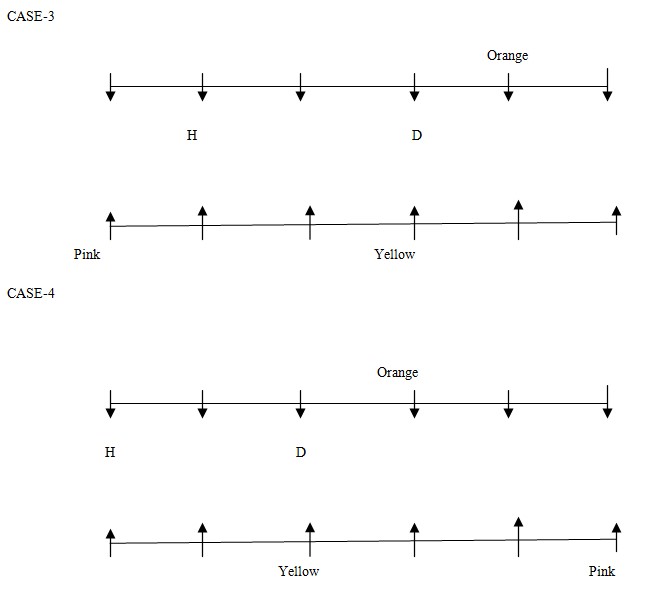 The one who likes Black sits at one of the extreme ends. The one who likes Cream sits second to the left of the one who likes Black. The ones who like Black and Red sit diagonally opposite to each other. By these conditions case 1 and case 4 are cancelled. The ones who like Cream and Green sit opposite to each other. So new arrangement will be -
The one who likes Black sits at one of the extreme ends. The one who likes Cream sits second to the left of the one who likes Black. The ones who like Black and Red sit diagonally opposite to each other. By these conditions case 1 and case 4 are cancelled. The ones who like Cream and Green sit opposite to each other. So new arrangement will be - 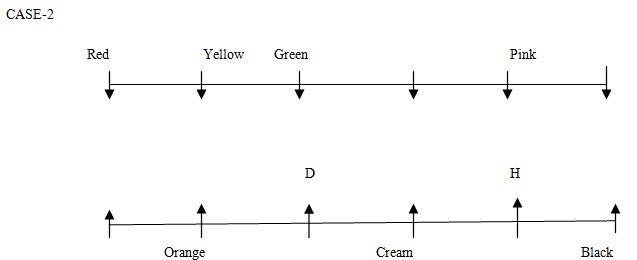
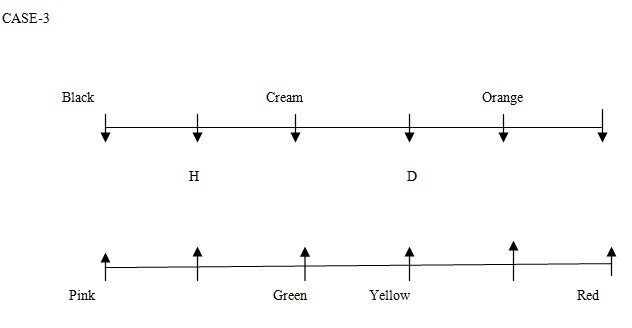 The ones who like White and Blue sit opposite to each other. E sits third to the left of the one who likes White. G sits second to the left of vacant seat of Row-2. In Row2, all are facing south direction. By these conditions case- 3 is cancelled. J sits second to the right of F and does not like Yellow. I sits opposite to the one who is an immediate neighbour of C. Only one person sits between A and I, who is not an immediate neighbour of D. So final arrangement will be -
The ones who like White and Blue sit opposite to each other. E sits third to the left of the one who likes White. G sits second to the left of vacant seat of Row-2. In Row2, all are facing south direction. By these conditions case- 3 is cancelled. J sits second to the right of F and does not like Yellow. I sits opposite to the one who is an immediate neighbour of C. Only one person sits between A and I, who is not an immediate neighbour of D. So final arrangement will be - 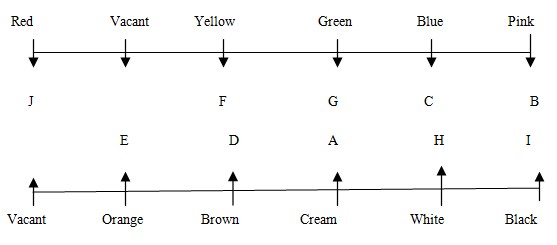
What sum of money will become Rs.1352 in 2 years at 4 percent per annum compound interest?
Shivam invested 20000 at 12% p.a. simple interest for ‘x’ months. If at the end of ‘x’ months, he received a total amount of Rs.23200. What is t...
Rs. 10000 invested for 2 years in a scheme offering compound interest (compounded annually) of 15% p.a. gives an interest that is Rs. 25 less than the i...
Mitch placed Rs. 32,000 in a compound interest account with an annual rate of 30%, compounded semi-annually. After investing for a period of 15 months, ...
A person invests Rs. ‘a’ in SIP A and Rs. ‘b’ in SIP B. SIP A offers simple interest at 15% per annum, while SIP B offers compound interest at 2...
A woman invested Rs. 'x + 500' at 8% per annum simple interest and received Rs.360 as interest after 3 years. Calculate the interest she would earn if s...
A principal of Rs. 'x' is invested at an annual compound interest rate of 30%, compounded yearly, and grows to Rs. 2535 after 2 years. Calculate the sim...
Find the compound Interest on Rs. 8,000 @15 % p.a for 2 years 4 month Compounded annually?
Jeevan borrowed an amount of Rs. 'x' from a bank. Out of this, he lent 25% of the borrowed amount to Jeshu at a simple interest rate of 20% per annum fo...
A borrowed Rs. 9500 from B for his business. How much amount A will return to B at the end of 24 months such that the sum was borrowed at simple interes...
Relevant for Exams:


